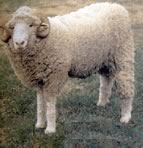They selected specific traits – bred organisms with those traits, and selected offspring with the desired traits for future breeding.
Over tens to hundreds of generations, diverse types of organisms were derived.
For example, all breeds of dog (Canis familiaris) appear to be derived from an ancestral species through the process of artificial selection.

